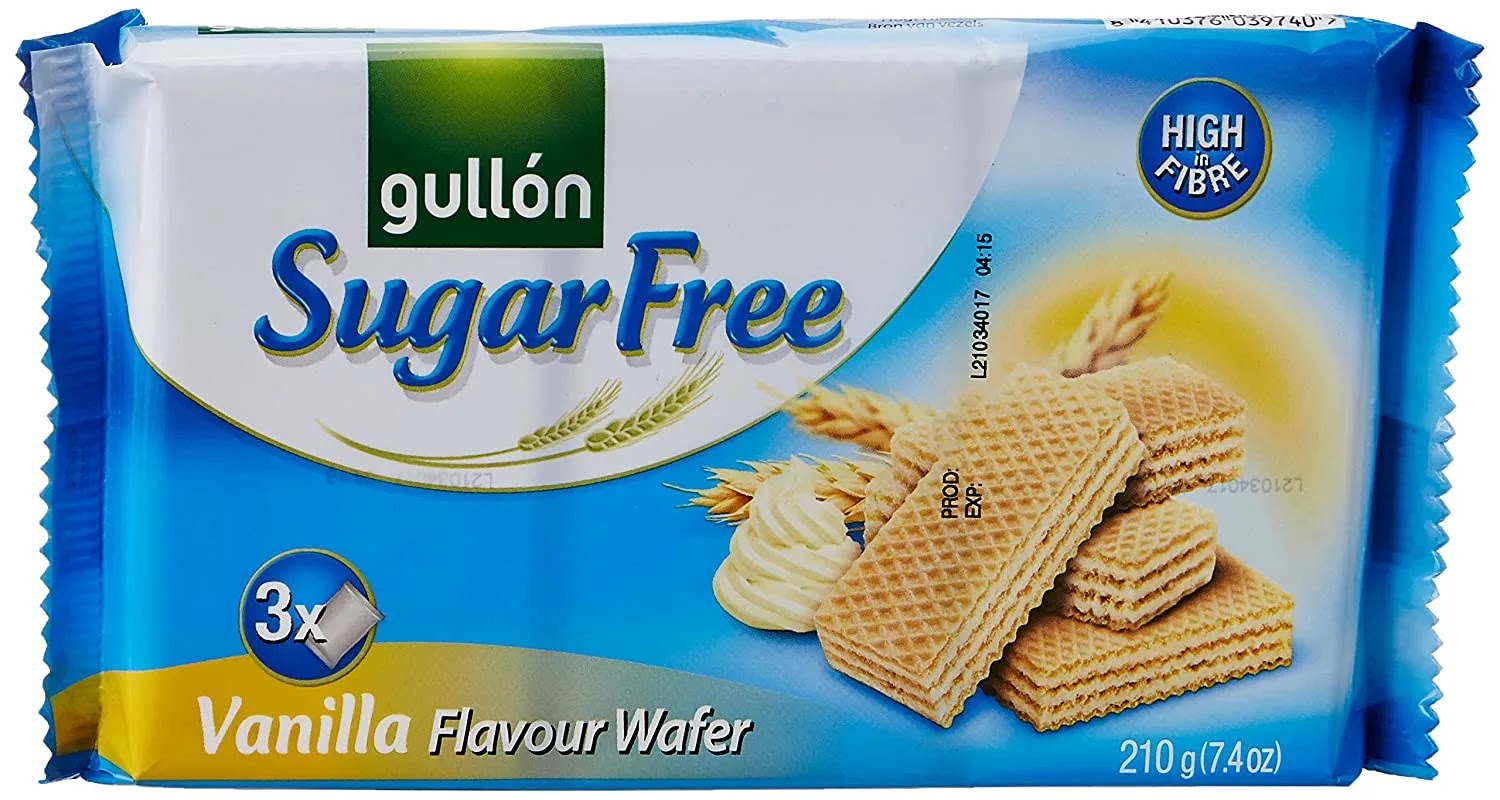Can You Eat Vanilla Wafers With Braces?

In this short article, we will provide an answer to the question “Can you eat vanilla wafers with braces?” and the information on braces in detail.
2. Side effects of vanilla wafers with braces?
3. Pros and Cons of vanilla wafers with braces?
4. How to eat vanilla wafers with braces?
5. Conclusion
Can You Eat Vanilla Wafers With Braces?
Yes, you can eat vanilla wafers with braces. However, it is important to be mindful of the types of foods you eat while wearing braces and to avoid hard, sticky, or chewy foods that can potentially damage your braces or cause discomfort.
Vanilla wafers are typically soft and easy to chew, making them a good option for people with braces.
It is always a good idea to check with your orthodontist or dental care provider for specific recommendations on what to eat while wearing braces. They can provide guidance on the types of foods that are safe to eat and help you to maintain healthy teeth and gums during orthodontic treatment.
Side effects of vanilla wafers with braces?
Eating vanilla wafers with braces may cause some side effects, such as:
- Damage to the braces: Vanilla wafers are a type of biscuit that is often hard and crunchy. If you have braces, biting into a vanilla wafer may cause the brackets or wires to become damaged or displaced.
- Pain or discomfort: If you have braces, eating hard or crunchy foods may cause discomfort or pain in your teeth and gums.
- Difficulty chewing: The texture of vanilla wafers may make it difficult to chew, particularly if you have braces. This can lead to discomfort or difficulty swallowing.
- Increased risk of tooth decay: If you have braces, it may be more difficult to brush and floss your teeth effectively. This can increase your risk of tooth decay, especially if you eat sugary foods like vanilla wafers.
Pros and Cons of vanilla wafers with braces?
There are no specific pros or cons to eating vanilla wafers with braces. Vanilla wafers are a type of cookie that is typically soft and easy to chew, making them a good option for people with braces.
Some general pros of eating vanilla wafers with braces might include:
- They are a convenient, portable snack that you can take with you on the go.
- They are relatively low in calories and fat, making them a healthier option compared to some other types of cookies.
- They can be a tasty treat that adds some variety to your diet.
Some potential cons of eating vanilla wafers with braces might include:
- They may not be suitable for people with certain dietary restrictions, such as those following a gluten-free or vegan diet.
- They may not be as nutritious as other types of foods, such as fruits, vegetables, or whole grains.
- They may contain added sugars and other ingredients that may not be good for your overall health if consumed in large amounts.
How to eat vanilla wafers with braces?
To eat vanilla wafers with braces, you can follow these general steps:
- Make sure the wafers are soft and easy to chew. If they are hard or stale, they may be more difficult to eat with braces.
- Take small bites of the wafers and chew them slowly and carefully. Avoid biting or tearing the wafers with your front teeth, as this can potentially damage your braces.
- Use your molars (back teeth) to grind the wafers into smaller pieces before swallowing. This can help to reduce the risk of food getting stuck in your braces or causing discomfort.
- Rinse your mouth with water or mouthwash after eating to help remove any food particles that may have gotten stuck in your braces.
Conclusion
In conclusion, it is generally safe to eat vanilla wafers with braces, as long as they are soft and easy to chew. However, it is important to be mindful of the types of foods you eat while wearing braces and to avoid hard, sticky, or chewy foods that can potentially damage your braces or cause discomfort. It is always a good idea to check with your orthodontist or dental care provider for specific recommendations on what to eat while wearing braces. They can provide guidance on the types of foods that are safe to eat and help you to maintain healthy teeth and gums during orthodontic treatment.

All information and articles available on this site are for educational purposes only. The information given here should not be used without any expert advice for the diagnosis or treatment of any health related problem or disease. Always seek the advice of a qualified doctor for medical examination and treatment.
